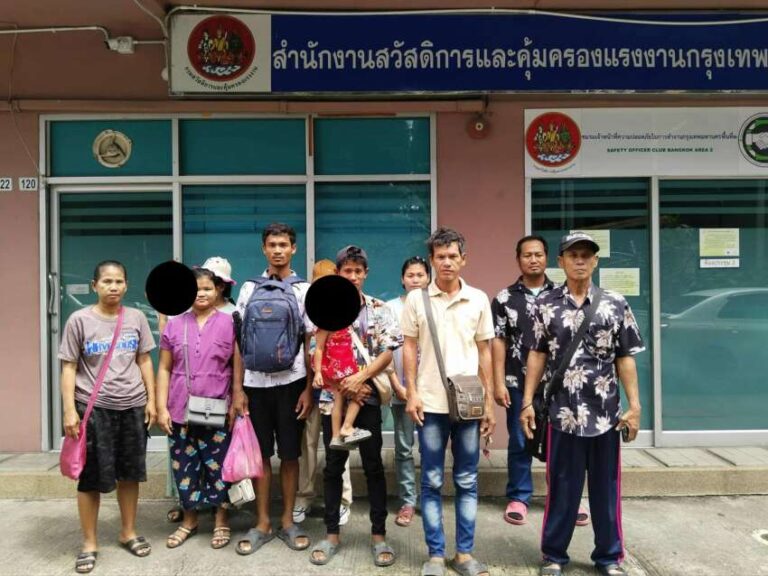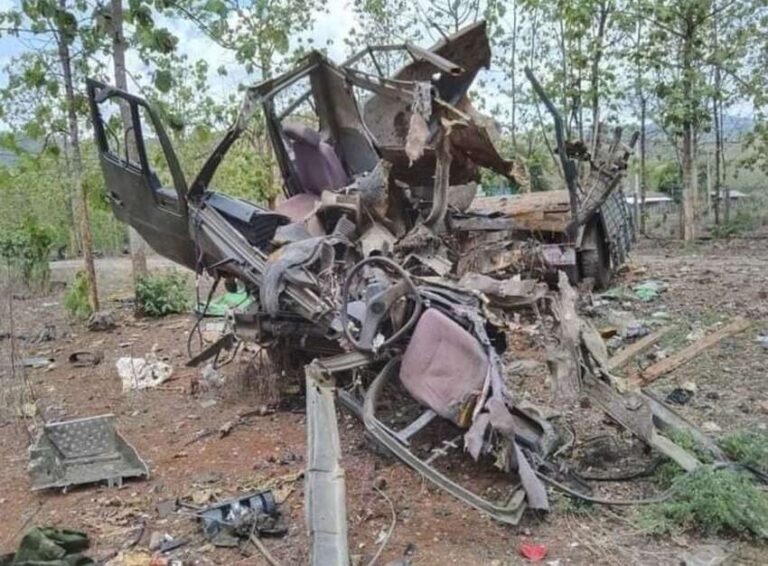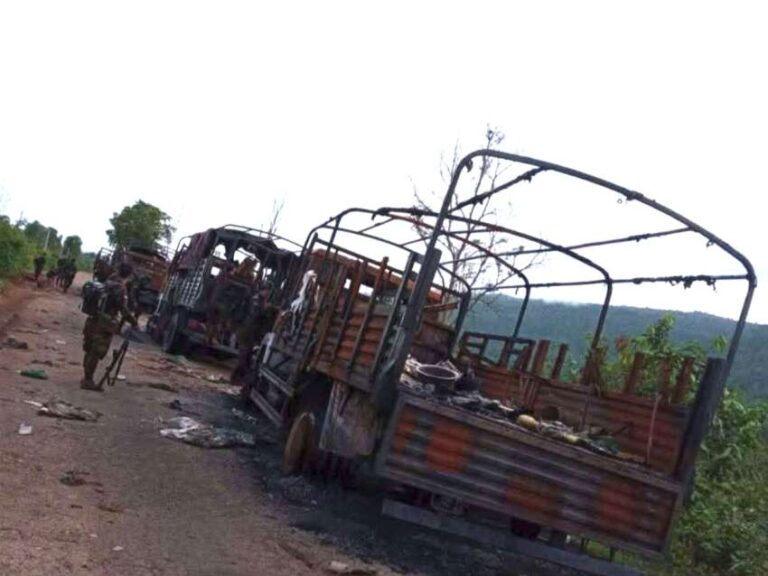
The Human Rights Watch (HRW) has reported that following the implementation of the military service law by the terrorist military council, there has been a significant increase in the recruitment and use of child soldiers, who are being used as guides, porters, and human shields on the frontlines. After the military council enacted the military service law on February 10, 2024, the recruitment and use of child soldiers by the Myanmar military has notably increased since the 2021 coup. According to the UN Secretary-General’s report, 2,138 violations against children in armed conflict have been verified in Myanmar, with approximately 1,200 additional violations still under investigation.
Since the military coup, over 1,800 cases of child soldier recruitment, involving children as young as 12 years old, have been documented as being committed by the military and its affiliated forces. The verification of child soldier cases faces significant challenges, and many cases go unreported due to difficulties in confirmation and fear of retaliation. Civil society organizations and human rights groups have reported finding child soldiers among captured prisoners of war and military deserters. The military has been forcibly recruiting children as soldiers by abducting them while returning from work, when they are homeless, or when they are alone.
The Myanmar military has been documented committing five major violations against children in armed conflict: recruitment and use as soldiers, killing and maiming, sexual violence, attacks on schools and hospitals, and forced portering. The military has been included in the UN Secretary-General’s ‘List of Shame.’ Following territorial losses, the military council has increased pressure to recruit children for military service, with 14 batches of recruits since April 2024, reportedly collecting approximately 70,000 new soldiers at a rate of 5,000 per batch. The situation continues to deteriorate as the military council intensifies its forced recruitment practices in response to mounting losses and resistance.



